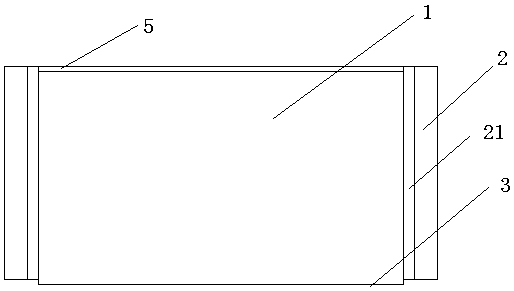Light composite self-heat-preservation building block
A self-insulating block, lightweight technology, applied in building materials, building components, buildings, etc., can solve the problems of easy falling off of insulation materials, high labor costs, low compressive strength, etc., to achieve enhanced resistance to apparent weathering, light weight The effect of small masonry workload and reduction of carbonization coefficient
- Summary
- Abstract
- Description
- Claims
- Application Information
AI Technical Summary
Problems solved by technology
Method used
Image
Examples
Embodiment Construction
[0020] The present invention will be further described below in combination with specific embodiments and accompanying drawings.
[0021] In order to make the object, technical solution and advantages of the present invention clearer, the present invention will be further described in detail below in conjunction with the accompanying drawings and embodiments. It should be understood that the specific embodiments described here are only used to explain the present invention, not to limit the present invention.
[0022] Such as Figure 1-5 It is an embodiment of a lightweight composite self-insulating block of the present invention. A lightweight composite self-insulating block includes: a body 1, the body 1 has a rectangular parallelepiped structure, and the opposite sides of the body 1 are There is an outwardly extending connecting portion 2, the width of which is smaller than the side width of the body 1 adjoining it, that is, there is a height difference between the connect...
PUM
 Login to View More
Login to View More Abstract
Description
Claims
Application Information
 Login to View More
Login to View More - R&D
- Intellectual Property
- Life Sciences
- Materials
- Tech Scout
- Unparalleled Data Quality
- Higher Quality Content
- 60% Fewer Hallucinations
Browse by: Latest US Patents, China's latest patents, Technical Efficacy Thesaurus, Application Domain, Technology Topic, Popular Technical Reports.
© 2025 PatSnap. All rights reserved.Legal|Privacy policy|Modern Slavery Act Transparency Statement|Sitemap|About US| Contact US: help@patsnap.com



